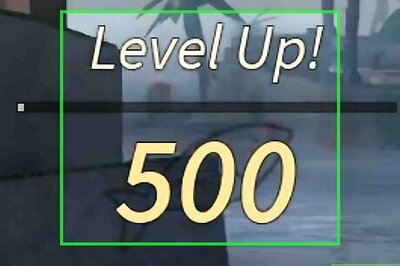
views
An Indian scientist has developed a completely autonomous technology for the repair and restoration of high-value components such as moulds, turbine blades, and other aerospace components that require minimal human intervention.
It is expected that this technology will leap-frog the restoration and repair industry to the next level and help in nucleation of a viable cutting-edge laser manufacturing ecosystem for Atmanirbhar Bharat, a release from Ministry of Science and Technology said on Friday.
The existing repair techniques in India such as welding and thermal spraying are ad hoc and do not provide accuracy and precision. Moreover, all the existing technologies are manual, and the quality of repair depends upon the skill set of the person.
Also read: Samsung Galaxy S22 Series Pre-Book Offers For India Announced: All Details
Professor Ramesh Kumar Singh, Professor, Mechanical Engineering Department, IIT Bombay, has developed a novel technology that uses a laser for excellent process control and is completely autonomous with minimal to zero human intervention. This ensures restoration with enhanced quality and repeatability.
Watch Video: Vivo V23 5G Review: For The Selfie Lovers
The technology developed with support from the Advanced Manufacturing Technologies Programme of the Department of Science and Technology, has undergone validation and testing.
Also read: Boy, 14, Dies By Suicide Over Garena Free Fire: What Is The Game, Why Is It Banned And Can You Still Play It?
With the help of the technology, the defective component which requires repair will be scanned autonomously for damage detection via a laser scanner, and the deposition path will be determined based on certain algorithms. The laser-directed energy deposition (LDED) technique will be used to deposit the material, followed by finishing and automated inspection of the restored product.
The developed system consists of a robotic restoration system and is designed to function autonomously for all key activities, namely, scanning path planning, damage detection, deposition, finishing, and inspection.
In addition, the process parameters will be obtained from physics-based models to induce favourable residual stress, which is one of the key limitations in restoration via additive manufacturing. This paves the way for the development of ascience enabled technology’ solutions, which according to Professor Singh, are not available for restoration of high-value components.
The final integration of the two systems — the laser-directed energy deposition and the defect scanning systems, is underway, and the project is at 7th stage of the Technology Readiness Level. Prof Singh has allied with Bharat Forge, Aditya Birla Science and Technology Company and Interface Design Associates for its industrial uptake.
“The developed technology is very impactful, and a game-changer for the restoration and repair segment of the manufacturing industry and has huge market potential. The components which can be reconditioned via this technology are very high value components. The level of accuracy and precision, which is possible through this technology, is phenomenal and is far ahead of the current state-of-the-art methods," he said.
According to the professor, it is expected that the pay-off from the technology would include the entire machine cost with around repair of twenty-odd components, the release added.
Read all the Latest Tech News and Breaking News here


















Comments
0 comment